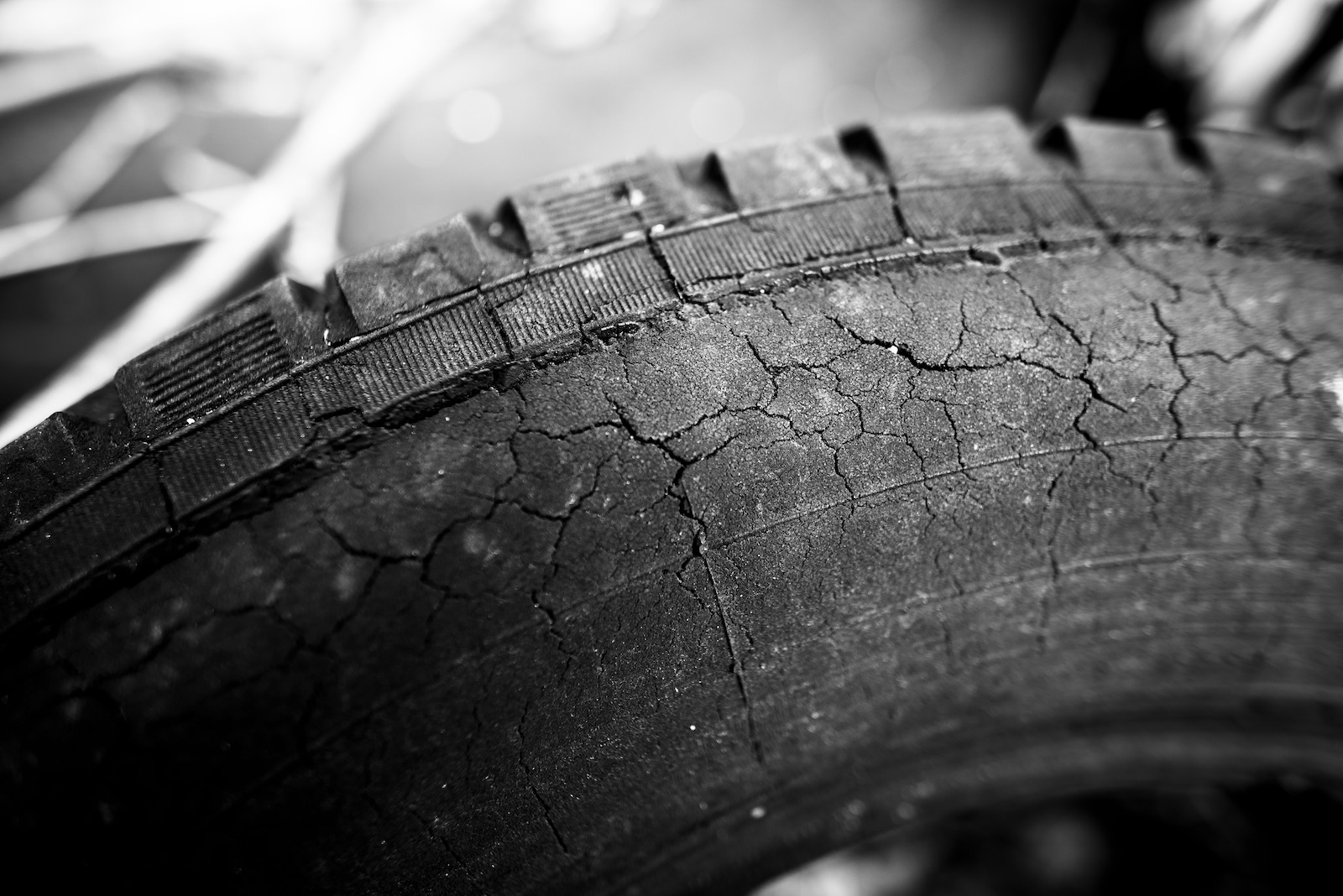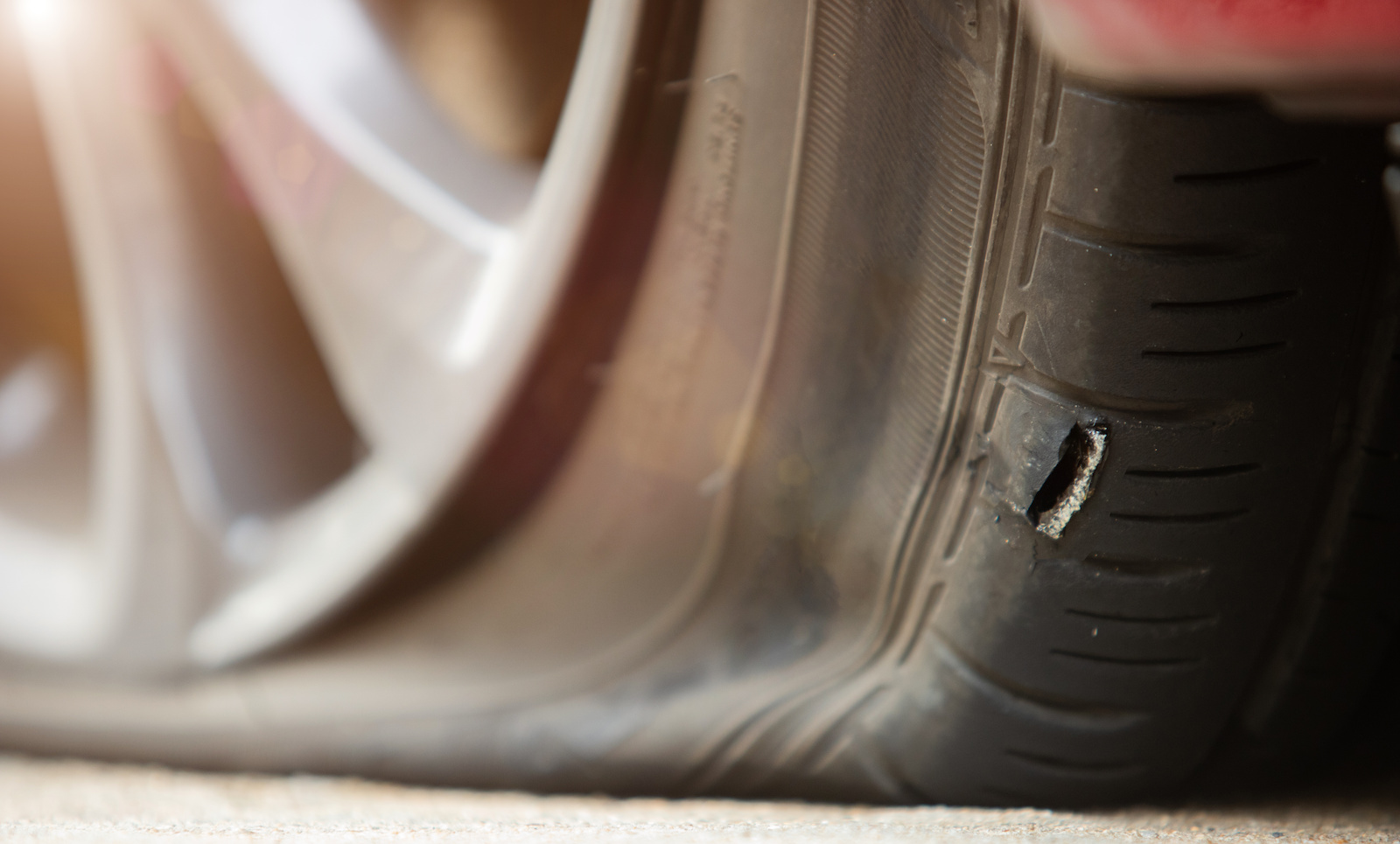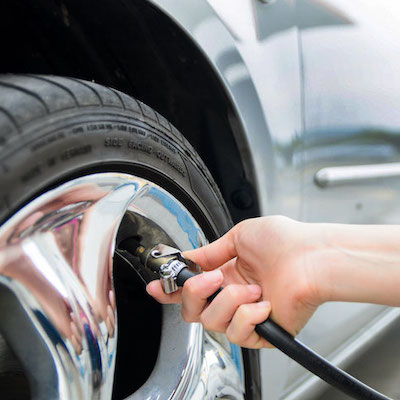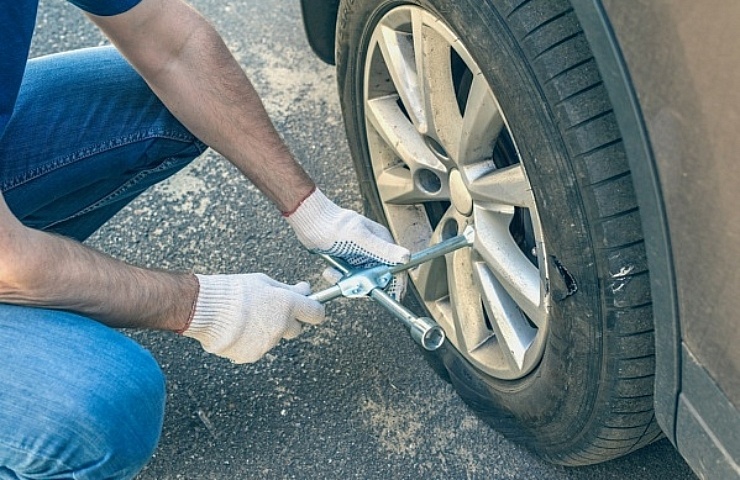Contents
Your tires are arguably among the most important safety components on your vehicle. If there’s damage to the tire’s sidewall, your safety is compromised, and it isn’t safe to simply repair it. Instead, you’ll have to replace the tire.
Shop now for tiresWhat Is a Tire Sidewall?
The sidewall is the part of the tire between the rim and the tread. The sidewall is responsible for providing structural integrity to the tire and preventing damage to the cord plies.
Sidewall strength has a lot to do with how well a tire performs. That’s why performance tires are built with rigid sidewalls, offering more responsiveness and increased stability. Touring tires, on the other hand, have soft sidewalls to create a more comfortable ride.
Tire Sidewall Damage
The sidewall endures a lot of abuse, and damage can be done in multiple ways. You may notice a few types of damage when inspecting the tires.
- Chips/cuts: If the rubber looks chipped, it may have come in contact with a sharp object. Chips can be as small as a couple of millimeters or as large as a centimeter. Depending on the severity of the chip, the tire’s cords could be exposed.
- Cracks: Cracks expose inner plies, compromising the tire’s integrity. These could be caused by UV rays, high temperatures, or chemicals. Cracks also form in low-quality tires.
- Bulges: If you see a bubble, the tire may have been underinflated or overloaded. While they may not appear to be dangerous, bulges reflect an internal defect.
These types of damage are not safe to drive on. Contact a tire professional as soon as you notice a problem.
Causes of Tire Sidewall Damage
What causes the sidewall damage? Some can be prevented, but others are out of your control.

Tires with dry rot cannot be repaired and should be removed from the vehicle ASAP.
Consider these possibilities.
- Cheap tires: If you skimp on the tire, there’s a greater chance that you’ll have to deal with manufacturing defects.
- Aging tires: As tires get old, integrity breaks down. Rubber can dry rot, and cracks can appear. Even if you aren’t using the tires, they will wear out.
- Environmental factors: High temperatures, extreme humidity, and UV rays all take a toll on tires. If you live near the beach, the constant salt air can also play a role.
- Impact: You can damage the tire’s sidewall if you hit curbs or run into potholes. Even speed bumps can be an issue if you hit them too fast.
- Improper inflation: Sidewall damage can occur if you don’t have the right air pressure in the tires. Under-inflated tires lead to bulging sidewalls. On the other hand, over-inflating causes bubbles.
- Too much weight: If you put too much weight on the tires, the sidewall endures unnecessary stress. Not only will this ruin the tires but it could affect the car’s suspension.
It’s wise to figure out what caused the sidewall damage so you can prevent it in the future.
Can You Repair a Tire Sidewall?
No reputable tire shop will repair a sidewall. It may look like an easy repair, but it’s not safe. Driving with a damaged tire sidewall is dangerous.
Some people will tell you that a chipped sidewall is safe to drive on if the chip is only a few millimeters deep. The problem is that you don’t know if the inner cords are damaged. If they are, the lack of integrity can cause a blowout.

Time to send this tire to the scrap yard.
To be safe, replace any tire with sidewall damage. Safety should always be your primary concern.
Tire Sidewall Repair Kits: Should I Get One?
A quick online search will show a multitude of tire sidewall repair kits claiming they can fix your problems. Some even have decent reviews or are promoted by reputable websites.
Yet, there’s no way to prove that your tire will remain safe after repairing a defect in the sidewall. For that reason alone, we advise against the practice. It’s better to replace the tire and have confidence knowing it won’t blow out while you’re driving.
Why Is it Dangerous to Repair a Tire Sidewall?
The sidewall is quite thin. Therefore, there’s not a lot of material for a patch to adhere to properly. Not only that, you can’t plug it as you would the tire tread. Any damage to the sidewall leads to possible structural issues.
Even if the defect is minimal, you cannot know how quickly it will go bad. The tire could blow out at any moment, putting you and others at risk.
Can I Drive On a Tire With a Damaged Sidewall?
If you see minor abrasions during a tire inspection, you may be able to drive the car to a local tire shop. However, remember that the tire is not safe. Be cautious, and don’t drive more than necessary.
If you notice any major deformities, such as large cracks, bulges, or a cut, do not drive the vehicle with the tire on. There’s never a reason to take unnecessary chances.
Put your spare tire on and take the damaged one to the tire shop. They can replace it for you and get you back on the road.
Prevent Damage to Tire Sidewalls

Here are a few tips to consider.
- Follow all recommended maintenance outlined by the manufacturer.
- Check tire pressure once a month. Double-check the pressure if the temperatures change drastically.
- Match the tire pressure to the manufacturer’s recommendations. This information is found in the owner’s manual and the card on the driver’s side door jamb.
- Drive cautiously. Avoid hitting curbs or potholes.
- Slow down when going over a speed bump.
- Invest in higher-quality tires from a reputable manufacturer.
- Park in a garage when possible to avoid the elements.
- Don’t overload the tires. Follow the manufacturer’s recommendation on weight limits.
- Replace tires as they get older if the car has been sitting, even if there are no noticeable defects.
- Have any defects checked by a professional immediately.
You can avoid needing new tires by taking a few extra minutes to follow these steps. Considering how much tires cost, focusing on prevention is a good investment.
Shop now for tires




